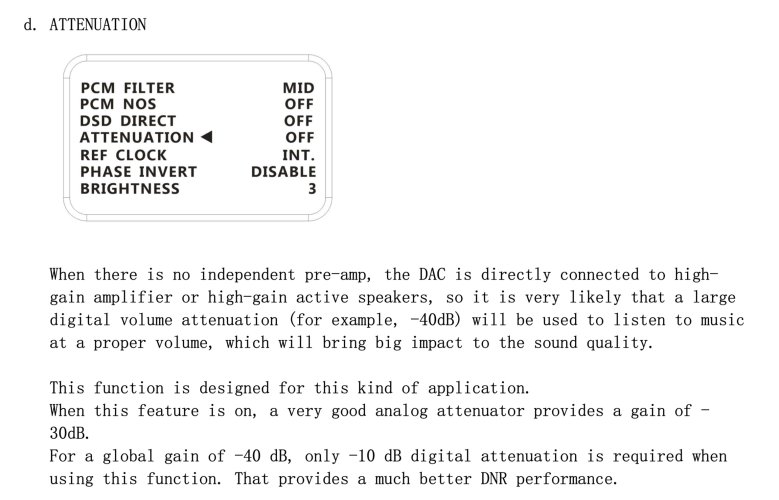When using an R2R DAC in NOS you should indeed select the correct number of bits. Not doing so will not reproduce small signal content as accurately.
If you send 24 bits, you'll get poorer performance than you'd get by setting it correctly at say 15 bits, because the noise shaper is operating beyond the linear range of your DAC and as a result it's effectively not working correctly. It's based on maths that assumes your DAC can accurately reproduce what it's outputting.
As an example, using a DAC that hasn't been discussed yet just for the sake of avoiding argument, here's the Hifiman EF400 when being fed data with the noise shaper running at 15 bit, playing a -120dB sine:
Now here's it doing the same but with the noise shaper set to 24 bit:
Significant distortion, and in fact the amplitude of the signal itself is also now not reproduced accurately.
To find the correct number of bits, the safe method is to just take the THD+N figure in dB, say -94 for example, and divide by 6. So -94dB divided by 6 is 15.66. So you'd choose 15 bits.
If you have a very low noise ADC, you can instead just test manually to find the limit. Play a 1khz sine through HQP, set vol to -120dB, and increase noise shaper bits by 1 until you suddenly see distortion as shown above. That means the value you set exceeds the linear range of your DAC, so go back 1 and then you're good.
With oversampling DACs or delta-sigma DACs they will be running their own noise shaper internally anyway so this setting won't really have much (or usually any) effect, and you can just set it to 24 for ease

































